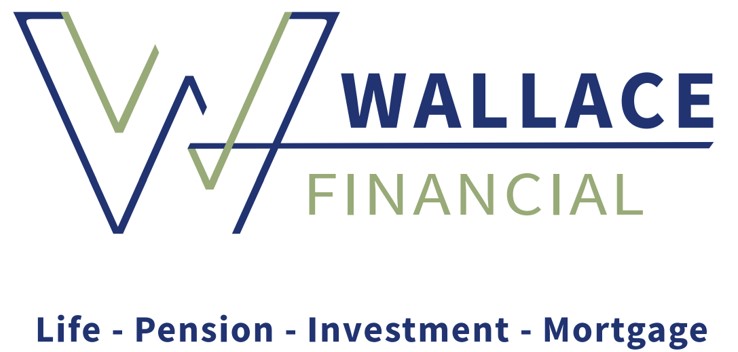The WALLACE Financial Guide to Understanding a PERSONAL PENSION
Personal Pension
A personal pension contract has been designed for people who are self-employed or who are in employment where a pension plan is not provided.
How much should I invest in my Personal Pension
You can start a Personal Pension by investing as little as €100 per month, however, there are a number of things you should consider before deciding on your monthly amount: what age you’d like to retire at, your current age, the length of time to your retirement, and your existing income. General consensus suggests you should aim to retire on two thirds of your current income (this figure will include the State Pension). Because a Personal Pension is flexible you can keep your contributions at a consistent amount or you can decrease them or increase them, when appropriate, helping you to achieve your ideal retirement fund .You can also boost your Personal Pension with a lump sum payment at any stage.
What are the tax advantages of a Personal Pension?
A Personal Pension is an extremely tax-efficient way for you to save for your retirement. Your monthly contribution to your Personal Pension qualifies for income tax relief at your marginal tax rate: for example, if you pay tax at the 40% rate, for each €1 you contribute to your Personal Pension you can claim 40 cent back in tax relief. To give you an idea how much this will save you annually: if you invest €1,000 in your Personal Pension per year, it will actually only cost you €600, after income tax relief. There are limits to the income tax relief you can get from the Government. The maximum contributions which you can get income tax relief on in a year vary by your age in that year:
| Age | Amount which qualifies for
Tax Relief as a % of Net Relevant Earnings* |
|---|---|
| under 30 | 15% |
| age 30 to 39 | 20% |
| age 40 to 49 | 25% |
| age 50 to 54 | 30% |
| age 55 to 59 | 35% |
| 60 and over | 40% |
*To a maximum NRE of €115,000
In addition, the growth achieved by your Personal Pension is not subject to tax. This means that you gain from any investment growth and income your Personal Pension earns.
How do I decide where to invest my Personal Pension?
You may be relying on your Personal Pension to provide an important source of income in retirement, so it’s vital that you invest it wisely. There are many options available to you, from low and high risk funds investing in particular types of assets to managed or mixed funds investing in a spread of assets and self-directed funds, where you choose the funds or assets in which you invest. The Personal Pension you decide to invest in should offer you a diversified range of investment options that can meet your changing circumstances over time. Any choice you make should be based on the level of investment risk you are comfortable with and should take into account your financial circumstances and goals. It is important to understand that the value of your Personal Pension can fall as well as rise, depending on which funds or assets you invest in.
Retirement Age?
You can select a normal retirement age between 60 and 75.
What are my retirement options?
The plan is designed to provide a fund, which is available to purchase benefits at retirement. That gives great flexibility in deciding the format benefits should take.
The following options exist:
